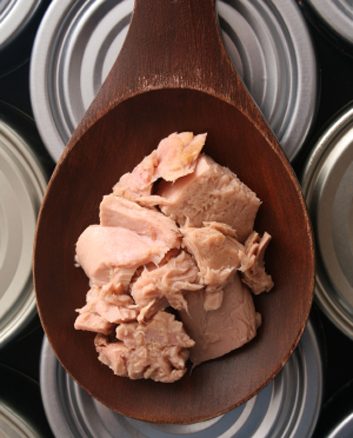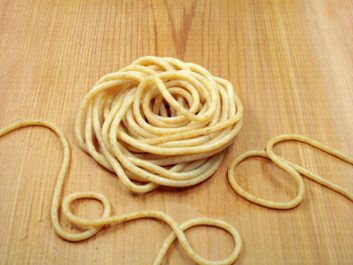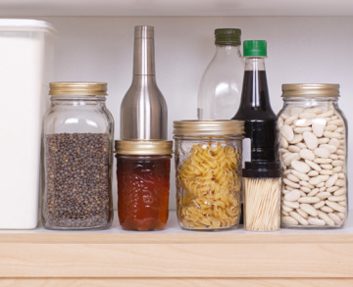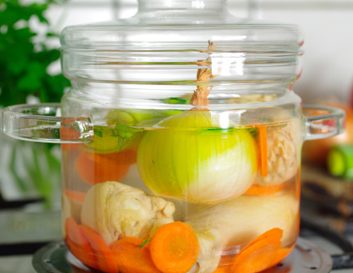
Sodium-reduced broth
It tastes just as great as the regular broth, but has 25 percent less sodium.
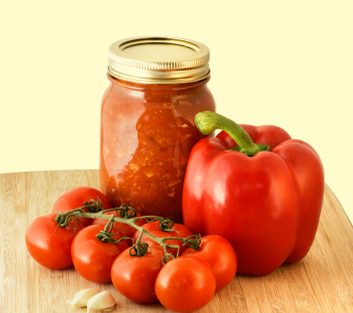
Plain pasta sauce
A great all-purpose staple for making spaghetti and pizza. Choose a low-sodium brand.
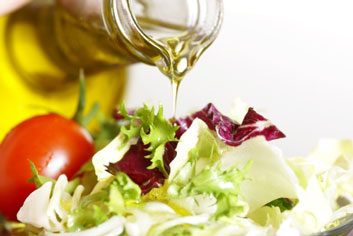
Canola oil
It should be your choice of cooking oil. It has the lowest saturated fat content of any vegetable oil, and is high in heart-healthy monounsaturated fats.
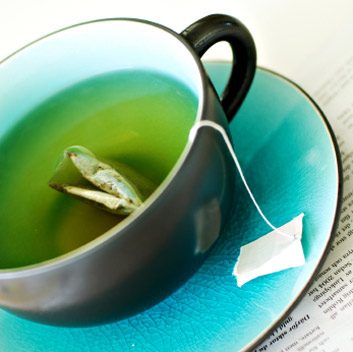
Green tea
It’s calorie-free and filled with antioxidants. Use loose-leaf tea, as it’s more flavourful than bagged. Once open, it should be stored in a dark, dry, airtight container.
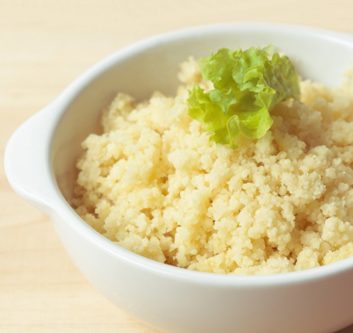
Whole-wheat couscous
This is hands-down the fastest-cooking whole-grain food – perfect for a busy night.
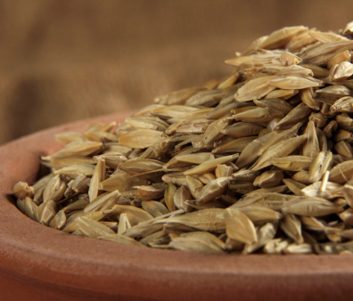
Barley
Like all whole grains, barley is packed with selenium and magnesium. It contains soluble fibre, which helps to lower cholesterol levels, and vitamin E.
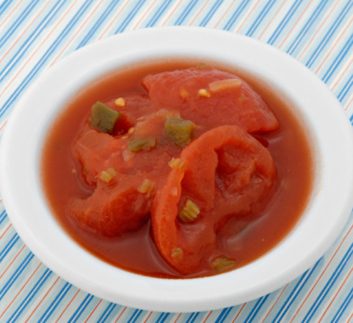
Stewed tomatoes
These turn boring dishes into zestier ones. For example, add stewed tomatoes to a skillet of browned chicken. Throw in some green peas and brown rice.
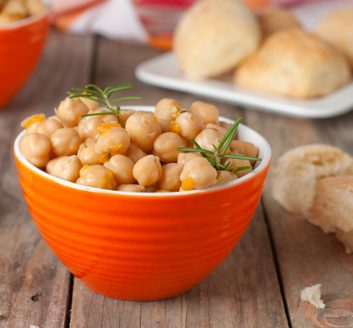
Canned chickpeas, black beans or kidney beans
They’re a speedy way to add fibre and protein to salads, soups, wraps or stews. Rinse beans first to wash off some of the sodium they’re packed in.
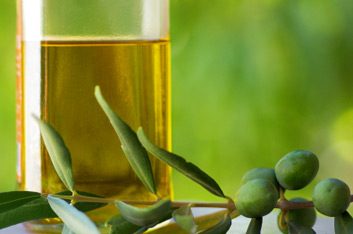
Extra-virgin olive oil
Containing a high proportion of monounsaturated fat compared to other foods, olive oil is a staple of the healthy Mediterranean-style diet.
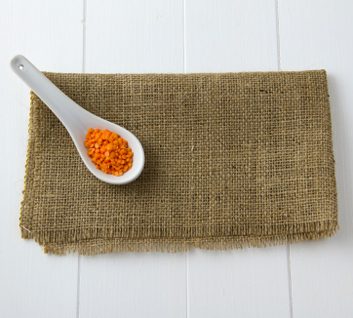
Dried red and green lentils
These fibre-rich legumes are full of protein and don’t need to be soaked before cooking. Red lentils turn soft when cooked and are great for thickening soups. Green lentils hold their shape and are perfect for rice pilafs, salads and soups.
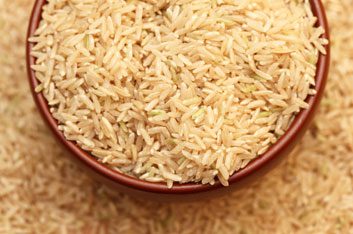
Brown rice
A whole grain that has about four times more fibre and magnesium than white rice.
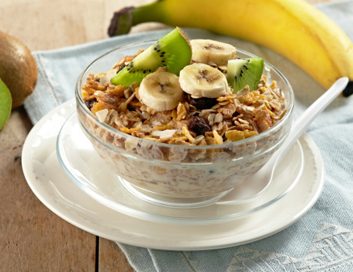
Low-fat granola cereal
Sprinkle it over yogourt and add diced apple for a nutritious breakfast. When buying, look for brands with less than 3 g of fat per serving.
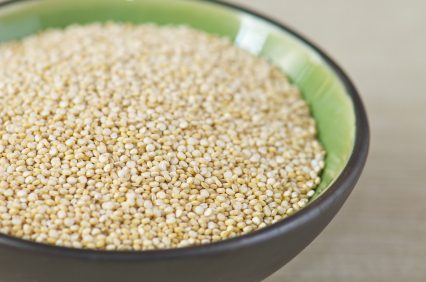
Quinoa
This whole grain is gluten-free and a complete protein. Make quinoa salads with veggies and nuts.
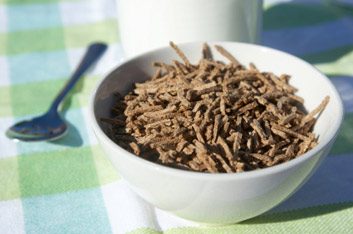
High-fibre bran cereal
Bran is one of the best sources of fibre. This makes for a filling breakfast.
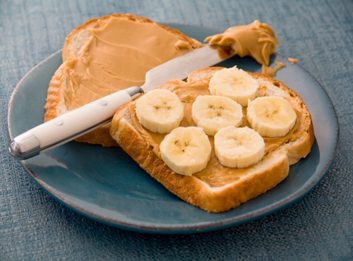
Peanut butter
Spread peanut butter on a whole-wheat tortilla, add some banana slices and roll it up.
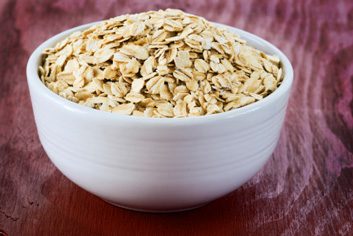
Oatmeal
Studies find that people who eat oatmeal on a regular basis are more likely to maintain a stable weight and healthy cholesterol level.
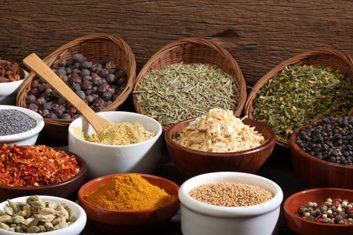
Herbs and spices
They put the kick in your vegetarian chili and the yum in your omelettes. Use them lavishly to add flavour. And cinnamon, cayenne, cloves, nutmeg, garlic, ginger and so many more boast surprising health benefits.
Related:
• 15 diet-friendly foods for your fridge
• Top 20 flat tummy foods
• 6 health benefits of spices
